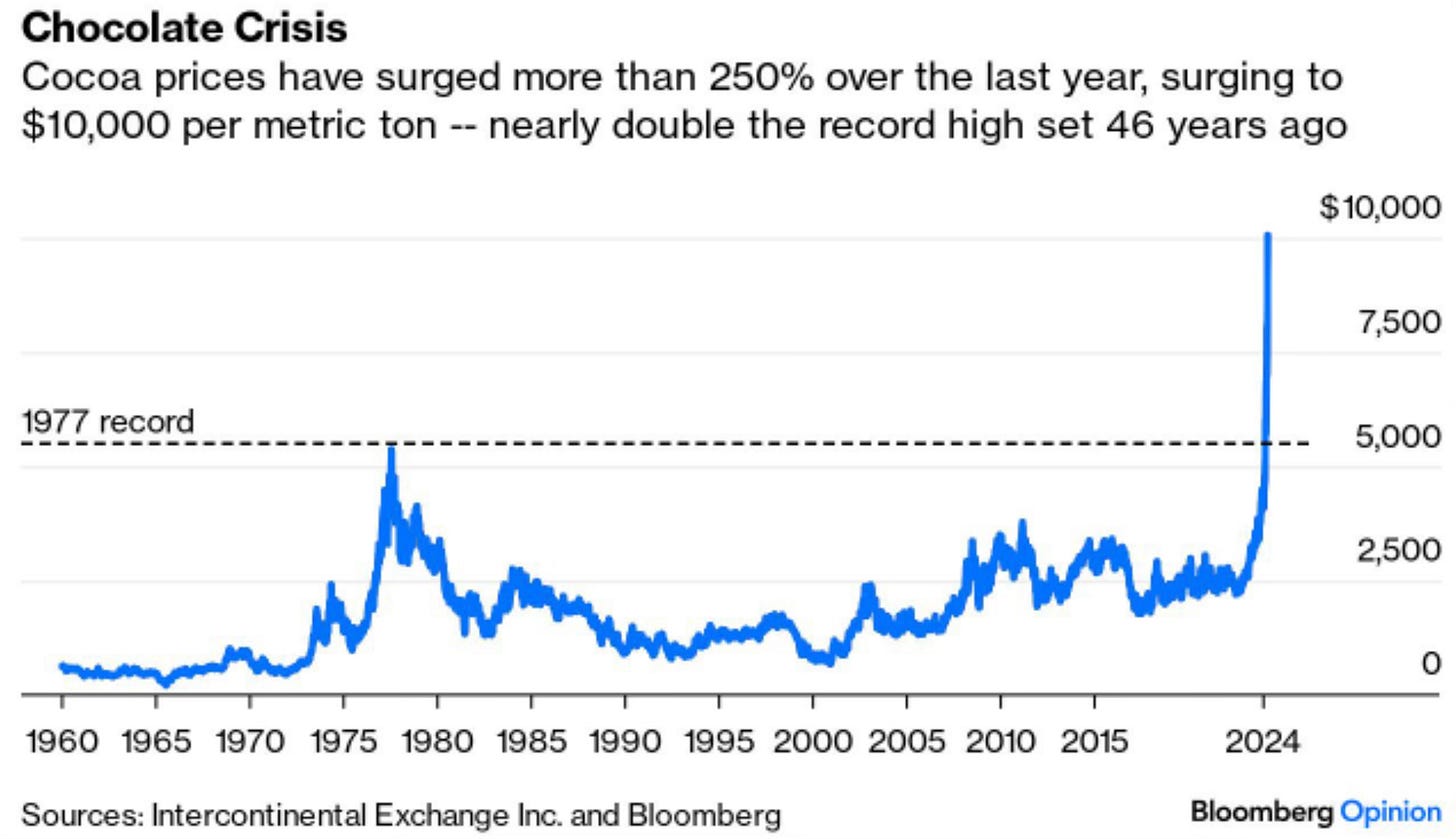An Unemployment Warning Sign?
A recession indicator worth watching
What is the Sahm rule?
The Sahm Rule identifies signals related to the start of a recession when the 3 month moving average of the national unemployment rate rises by 0.50 percentage points or more relative to its low during the previous 12 months.
The logic is that once the unemployment rate starts rising it usually picks up steam and the U.S. economy ends up in a recession. Her rule is used to indicate that the U.S. economy is in the early innings or an onset of a recession.
Where is the Sahm Rule Recession Indicator at currently?

As you can see it hasn’t triggered. It’s well below the level where it would trigger. No recession is indicated ahead.
Where it gets interesting is seeing where things are at on a state-by-state level. This is where some concern starts to build.
UBS analysis shows that 20 states have now triggered the Sahm recession rule.

Now Claudia Sahm herself who developed the indicator has said that the rule only applies to the national unemployment rate and not on the state level. Here is what she said.
“Reminder: the Sahm rule was calibrated for the *national* unemployment rate. Of course, a rising rate is not a good sign but there’s no state-level recession indicator.”
Then why does the above chart matter and why was the point raised by UBS and Bloomberg? This chart may explain.
Once the number of states where the Sahm Rule has been triggered starts rising, it continues to rise.

It’s only the third time in the last 20 years this number of states have triggered the rule. You can see what happened the other two times.
These may be the signs of some cracks forming underneath the surface. Where it goes from here is anyone’s guess. Regardless of your view, this is definitely something worth keeping a close eye on.
The Coffee Table ☕
Have you seen what has happened to the price of Cocoa? Cocoa is what’s used to make chocolate. About 11% of a Hershey bar is made up of ground up cocoa. It has gone from around 2,000 a ton where it has normally been to over 10,000 a ton.

This is mainly due to the bad weather pattern in West Africa where roughly 73% of cocoa comes from. The size and what we pay for our favorite chocolate bar may be changing.

Thank you for reading! If you enjoyed Spilled Coffee, please subscribe.
Spilled Coffee grows through word of mouth. Please consider sharing this post with someone who might appreciate it.
Order my book, Two-Way Street below.

